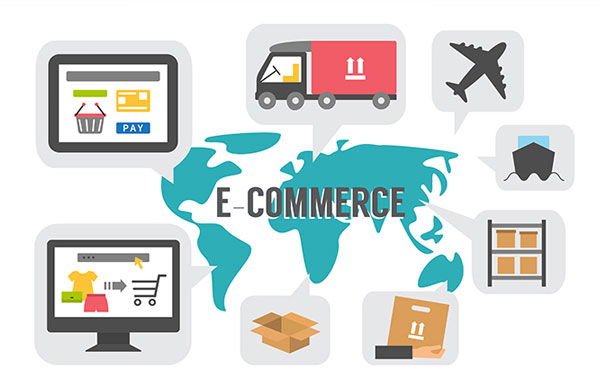Table of Contents
Traffic is up on your ecommerce site, great. But your sales haven’t shown reciprocal growth.
That means people are looking, but they aren’t buying. Most site owners assume this is a pricing issue. Most of the time, however, this conclusion is too simple and typically wrong. People make purchasing decisions based on many factors. Often, those decisions are less conscious and can be accounted for and designed to. Once you know to personalize ecommerce, you can improve your conversion rates and increase income. Here are seven tips for higher ecommerce conversion rates.

1. Product Images
Images are powerful product advertisements, they speak a thousand words and the internet is a visual medium. Having quality, aesthetic photos on your site instills a subconscious message that your products are also quality and desirable. People tend to look at pictures much more than they read text, therefore, selling your wares with good pictures helps
convert visits into sales.
2. Clear Call to Action
Unfortunately, people are not always ready to make decisions. Also concerning is that they can be suggestable and moved by simple calls to action. If your site has passive language, but your competitor clearly tells them to buy, they will probably follow your competitor’s suggestion. The good news is you can do the same thing. Make clear that your visitors should buy. Make it simple and tell them to do it. Simply saying things like click here or buy now are more effective than Cart or Information. One is an interjection the other is a noun. The interjection tends to be more effective.
3. Checkout as a Guest
People will often avoid becoming a member or subscriber. If your site doesn’t allow for guests to make purchases, you eliminate a section of potential customers. The advantage of having constant contact with subscribers is nice, but many people want to buy and move on. Allow that. Provide an option where guests can checkout with merchandise. This will improve conversions for those customers who fear commitment.
4. Avoid Hidden Charges
Hidden charges can get people to put items in a cart, but when they see the total, their sticker shock will cause them to abandon their purchase and create a negative emotion regarding your store. This reduces residual customers, causes customers to leave and develops a bad reputation. None of those things help your store. Trust is created through transparency and transparency means all the way through the process.
5. Mobile Optimized Website
We now live in an age where devices are more common than computers. Make sure your site is optimized for mobile use. If a customer can’t effectively use your site on their smartphone or tablet, they will often move on. The good news is that most platforms provide mobile optimization as a function of their site building. This makes it easy.
6. Remove Distraction
Flashy popups and auto-start videos might seem like a good way to capture the attention of a visitor, but more commonly now, those gimmicks cause visitors to leave. Also, don’t flood your site with so much entertainment and information that people forget why they came: to buy. Entertainment can be a good attraction, but it shouldn’t be so distracting that people don’t identify your site as a place of commerce. If they do, you’ve created the internet version of loitering.
7. Include Consumer Reviews
People like to trust what they buy and where they buy. Providing customer reviews is a great way to instill confidence in your visitors. That way, they don’t hesitate to pull the trigger on purchases. Reviews also give important information customers are looking for when buying. If a review provides helpful information they are more likely to trust their purchase from your site and pull the trigger. Even bad reviews can be helpful. Often times, especially if you have a vast majority of positive reviews, negative reviews are dismissed as cranks and cause visitors to emotionally identify with you.
As for collecting reviews, you can conduct feedback surveys. But make sure you conduct them periodically, maybe quarterly or half-yearly. You can even automate the process using
online survey tools to save time.
Getting people to your site is great, but if it amounts to the digital equivalent of loitering, what’s the point? If you go to the trouble of having an ecommerce store, take the steps necessary to optimize your conversions so that your website isn’t a digital ornament, it is a business and you make money.

UI/UX Consultant, Photoshop, XD, SketchApp, Product Designer, Website Designer, Mobile App Designer, Expert WordPress Developer. For web/mobile design and wordpress development related projects please contact me at dibakar@themepurpose.com



